Overview
Map
Other Details
كنيسة سيّدة الحوش
Ghalboun
Jbeil
Mount Lebanon
كنيسة سيّدة الحوش - غلبون بُنيت سنة ١٩٤٧ بهمّة طالب خيرالله شاهين. البناء كناية عن مستطيل مسقوف على النمط البازيليكيّ بسوقٍ واحد. تقوم الكنيسة على أنقاض دير بيزنطيّ وقد رُمّمت مرارًا. The church of our Lady of Hawsh - Ghalboun The church was built in 1947 with the aid of Taleb Khairalla Chahin. The structure is based on a single nave basilical plan. The church was built over the ruins of a Byzantine monastery and was restored many times.
Visited 2302 times, 1 Visit today
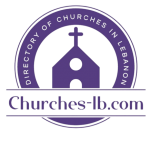


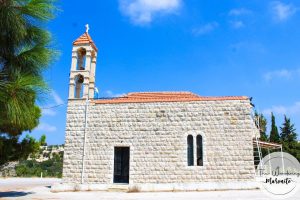
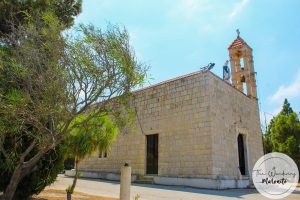
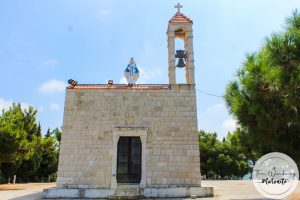
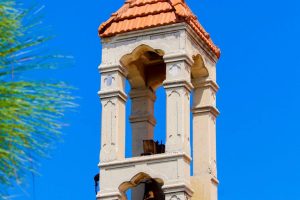
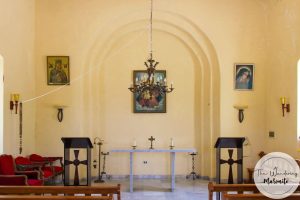
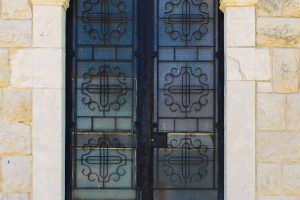
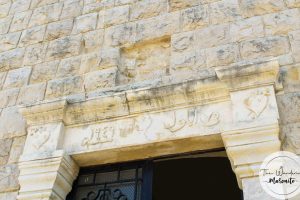







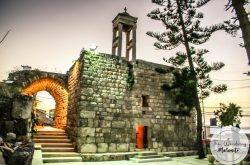
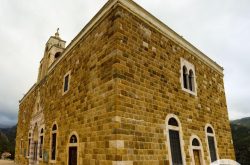
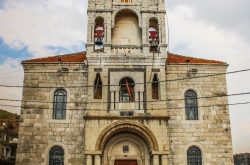
Reviews are disabled, but trackbacks and pingbacks are open.